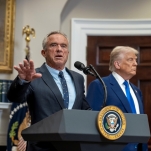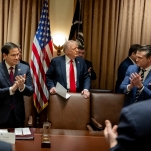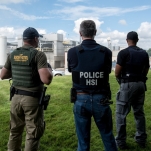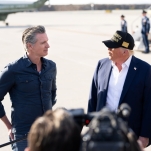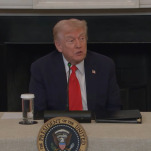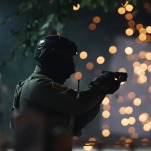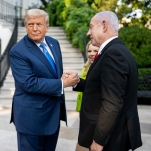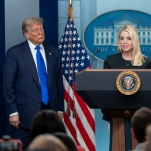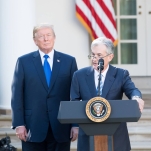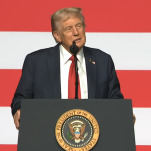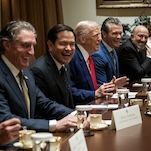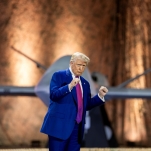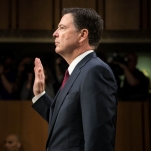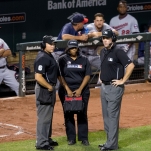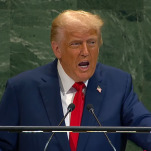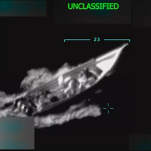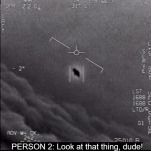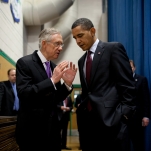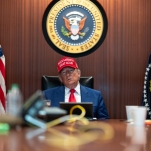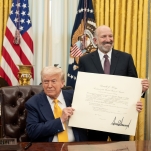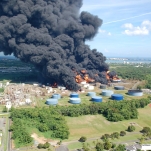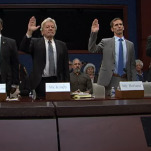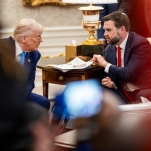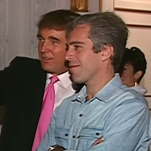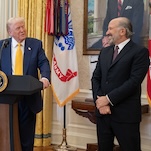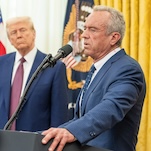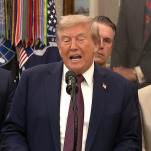Is It Over?
Photo by Omar Havana/Getty Images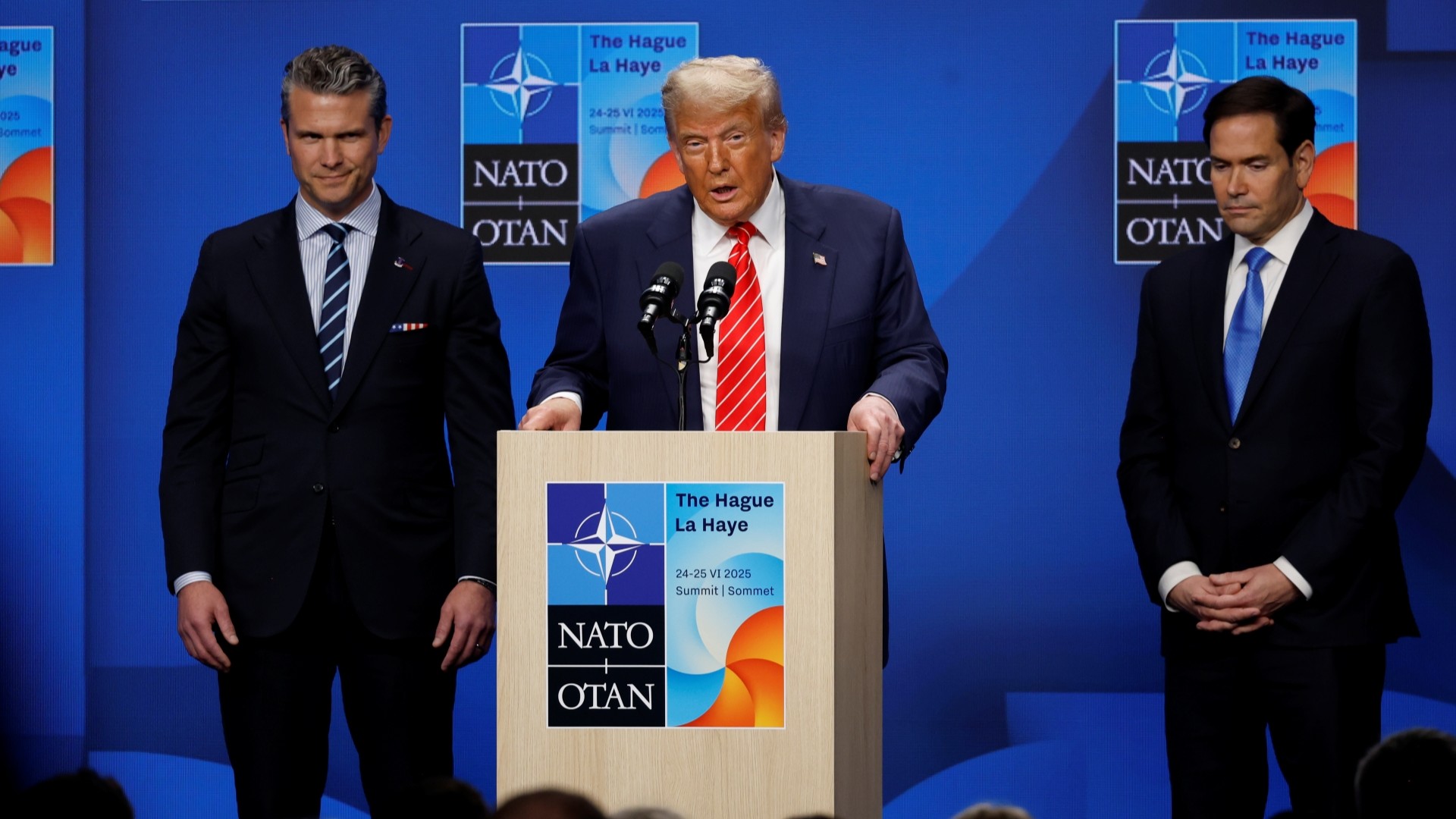
The United States joined Israel’s war against Iran last Friday, after President Donald Trump ordered strikes on three of Iran’s nuclear facilities. Operation Midnight Hammer escalated the conflict, and risked pushing the U.S. closer to another unpredictable and costly military entanglement in the Middle East.
Iran retaliated Monday, firing missiles at a U.S. base in Qatar, though Tehran gave the United States and Qatar plenty of warning, and air defenses intercepted the missiles. Iran’s response was calibrated to show domestic audiences it would fight back after the U.S. bombing, while signaling very clearly to Washington that it wanted an off-ramp from a full-on confrontation. Soon after, Trump announced a ceasefire between Iran and Israel, though both accused the other of violating it. Trump rebuked both countries, especially “ISRAEL.”
“DO NOT DROP THOSE BOMBS. IF YOU DO IT IS A MAJOR VIOLATION.”
But, as of now, that truce is holding. Trump told NBC News that he believes this ceasefire is “going to go forever.”
“I don’t believe they will ever be shooting at each other again,” Trump said.
Trump may be certain about the future of the region, but so much is in flux after this 12-day war between Iran and Israel, with a side of U.S. intervention. The fear of this conflict spiraling out and more fully drawing in the U.S. into war has lessened in the wake of the Iran-Israel truce, but it’s far too early for detractors or supporters of Israeli and U.S. military action to draw firm conclusions on Trump’s decision to strike Iran’s nuclear facilities.
That Israel is reshaping the Middle East since Hamas’s October 7th attacks seems to be the accepted narrative – but reshaped into what is much, much harder to say. Israel is making a case for being the dominant regional power. Iran hawks in the U.S. and Israel did what they’ve long dreamed in bombing Iran’s nuclear sites, even if regime change, for now, remains on hold. But Iran’s status is fragile. Israel’s campaign against Iran’s proxies, especially Hezbollah in Lebanon, has devastated Iran’s strategy to project power, and Israel’s strikes have exposed Tehran’s military weaknesses, from its decimated air defenses to the vulnerabilities of its top military leaders. Sanctions against Iran continue to hobble its economy, and no matter how the regime might spin its military setbacks to its domestic audience, the energy and financial crisis may outlast the rally-around-the-flag effect.
And the big question remains: how much did the U.S. and Israel strikes really set back the Iranian nuclear program?
Trump has claimed that “THE NUCLEAR SITES IN IRAN ARE COMPLETELY DESTROYED.” But early U.S. intelligence agency assessments suggest the American payloads only pushed the program back months, but after that leaked, and Trump got mad about it, U.S. intelligence leaders said that the program had been set back “years.”
-

-

-

-

-

-

-

-

-

-

-

-

-

-

-

-

-

-

-

-

-

-

-

-

-

-

-

-

-

-

-

-

-

-

-

-

-

-

-

-

-

-

-

-

-

-

-

-

-

-

-

-

-

-

-

-

-

-

-

-

-

-

-

-

-

-

-

-

-

-

-

-

-

-

-

-

-

-

-

-

-

-

-

-

-

-

-

-

-

-

-

-

-

-

-

-

-

-

-

-

-

-

-

-

-

-

-

-


